Q2:
AS & A Level Chemistry - 9701 Paper 2 2022 Summer Zone 2

More Questions from this Topic
Theory
CH10 - GROUP 2
(a) Disodium phosphate, $(\text{Na}^+)_{2}(\text{HPO}_4^{2-})$, reacts with an acid to form monosodium phosphate, $\text{Na}^+(\text{H}_2\text{PO}_4^-...
2024
 Winter
Winter
 Winter
Winter
 2
2
Theory
CH10 - GROUP 2
(a) Table 3.1 shows some properties of two Group 14 elements, C and Sn, in their standard states. The table is incomplete.\begin{center} Table 3.1 \en...
2024
 Winter
Winter
 Winter
Winter
 2
2
Theory
CH10 - GROUP 2
(a) (i) Describe the trend in the solubility of the hydroxides of magnesium, calcium and strontium.Explain your answer...................................
2024
 Summer
Summer
 Summer
Summer
 2
2
Theory
CH10 - GROUP 2
(a) Disodium phosphate, $(Na^+)_2(HPO_4^{2-})$, reacts with an acid to form monosodium phosphate, $Na^+(H_2PO_4^-)$.(i) Identify the ions that are a c...
2024
 Winter
Winter
 Winter
Winter
 2
2
Theory
CH10 - GROUP 2
The Group 2 elements Mg to Ba are all silvery-white reactive metals.(a) (i) Draw a labelled diagram to show the bonding and structure of the Group 2 m...
2023
 Spring
Spring
 Spring
Spring
 2
2
Theory
CH10 - GROUP 2
(a) (i) State the variation in solubilities of group 2 hydroxides........................................................................................
2023
 Winter
Winter
 Winter
Winter
 2
2
Theory
CH10 - GROUP 2
NO and NO_2 react at 25 °C to give N_2O_3 as shown in the equation.NO(g) + NO_2(g) \rightleftharpoons N_2O_3(g) \hspace{5mm} \Delta H = -7.2 \, \text...
2023
 Winter
Winter
 Winter
Winter
 3
3
Theory
CH10 - GROUP 2
(a) (i) State the variation in solubilities of group 2 hydroxides. ......................................................................................
2023
 Winter
Winter
 Winter
Winter
 2
2
Theory
CH10 - GROUP 2
(a) Group 2 nitrates decompose when heated. Describe how the thermal stability of Group 2 nitrates changes with increasing proton number. Explain your...
2023
 Summer
Summer
 Summer
Summer
 2
2
Theory
CH10 - GROUP 2
(a) The most common zinc mineral contains zinc(II) sulfide, ZnS.(i) Complete the electrons in boxes diagram in Fig. 1.1 to show the electronic configu...
2023
 Spring
Spring
 Spring
Spring
 3
3
More Questions from year 2022
Theory
CH2 - ATOMIC STRUCTURE
Fig. 1.1 shows how first ionisation energies vary across Period 2.(a) Construct an equation to represent the first ionisation energy of oxygen. Includ...
2022
 Spring
Spring
 Spring
Spring
 2
2
Theory
CH1 - ATOMS, MOLECULES & STOICHIOMETRY
Some oxides of elements in Period 3 are shown.$\text{Na}_2\text{O}$\hspace{1cm}$\text{Al}_2\text{O}_3$\hspace{1cm}$\text{P}_4\text{O}_6$\hspace{1cm}$\...
2022
 Spring
Spring
 Spring
Spring
 2
2
Theory
CH11 - GROUP 17
The hydrogen halides HCl, HBr and HI are all colourless gases at room temperature.(a) The hydrogen halides can be formed by reacting the halogens with...
2022
 Spring
Spring
 Spring
Spring
 3
3
Theory
CH18 - CARBONYL COMPOUNDS
Compounds J and K are found in plant oils.[Image_1: Illustration of compounds J and K]Fig. 4.1(a) (i) Complete Table 4.1 to state what you would obser...
2022
 Spring
Spring
 Spring
Spring
 2
2
Theory
CH7 - EQUILIBRIA
Iodine is found naturally in compounds in many different oxidation states.(a) Iodide ions, $\text{I}^-$, react with acidified $\text{H}_2\text{O}_2$(a...
2022
 Spring
Spring
 Spring
Spring
 2
2
Theory
CH5 - CHEMICAL ENERGETICS
Silicon is the second most abundant element by mass in the Earth's crust.(a) In industry, silicon is extracted from SiO$_2$ by reaction with carbon at...
2022
 Spring
Spring
 Spring
Spring
 2
2
Theory
CH12 - AN INTRODUCTION TO THE CHEMISTRY OF TRANSITION ELEMENTS
Titanium is a transition element in Period 4. It is commonly found as TiO2 in minerals.(a) (i) Define transition element.................................
2022
 Spring
Spring
 Spring
Spring
 2
2
Theory
CH14 - AN INTRODUCTION TO ORGANIC CHEMISTRY
Compounds F and J are shown in Fig. 4.1.Fig. 4.1(a) F and J both contain the arene functional group.(i) Identify...
2022
 Spring
Spring
 Spring
Spring
 2
2
Theory
CH19 - CARBOXYLIC ACIDS AND DERIVATIVES
2-Chloropropanoic acid, CH₃CHClCOOH, is used in many chemical syntheses.(a) (i) An equilibrium is set up when CH₃CHClCOOH is added to water. Write...
2022
 Spring
Spring
 Spring
Spring
 2
2
Theory
CH19 - CARBOXYLIC ACIDS AND DERIVATIVES
Lidocaine is used as an anaesthetic. A synthesis of lidocaine is shown in Fig. 6.1.(a) W can be formed by reacting HOCH$_2$COOH with an excess of SOCl...
2022
 Spring
Spring
 Spring
Spring
 2
2




 Share
Share




 Previous
Previous








